How the Skin Microbiome Influences Ageing
By Renee Grandi
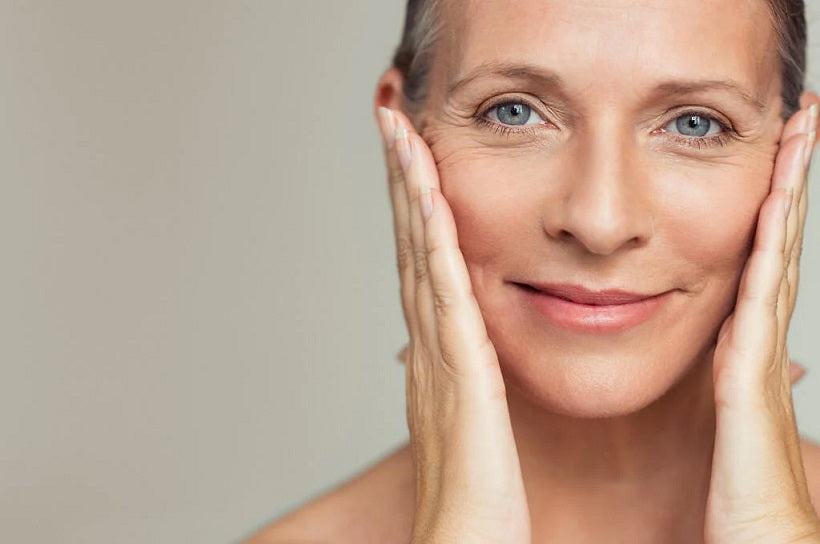
Did you know that your skin microbiome shifts with age and that your body has various bacterium colonies in different locations internally and externally? This article helps to briefly break down the complex links between the skin microbiome and ageing.
Our body’s largest organ, the skin, is protected with various microorganisms including fungi, bacteria, archaea, and viruses. It provides an integral barrier for external environment interactions and pathogenic, chemical, and physical stresses. Skin will inevitably change with age – this is the natural way of life and we’re all for ageing gracefully. Nevertheless, if there is a way to naturally support skin integrity as we transition into the wiser years, then why not learn more about the intrinsic mechanisms at play?
The skin microbiome has a prodigious influence on ageing and skin disorders like dermatitis, eczema, dandruff and vitiligo.
The skin's ecology and pathophysiology are complex; there’s no doubt about it. Skin ageing is characterized by a decrease in sweat, microbiome diversity, sebum and immune functions which alter your skin surface physiology including pH, lipid/membrane composition, and sebum secretion.
Environments, weather, mental health, detoxification, lifestyle, medications (especially antibiotics) and diet all persuade how these bacteria colonies function. Through RNA and DNA sequencing studies, results demonstrate significant changes in the skin's microbial composition from childhood to adulthood.
Key roles of the skin microbiome
- Reduces premature skin ageing
- Performs key functions in skin ageing by regulating the immune response
- Improves resistance to ultraviolet light exposure and damage
- Biosynthesis and metabolism of age-related substances
- Regulates inflammatory processes
- Provides innate and adaptive immunity
- Improves epidermal thickness
- Increases hydration and water retention
- Nourishes membrane lipids
- Enhances skin amino acids utilization
Microbial communities co-exist with the skin barrier and protective mechanisms. When it comes to ageing and the dermal layer structure/integrity, there are attributes to consider as well. These include cellular metabolism, nutritional intake, immunity, hormones, and external environmental factors (e.g. UV exposure, air pollution, poor quality skincare products, and toxins).

The facial microbiome & ageing
Skin ageing is a process of time-related alterations in the skin's cutaneous structure and physiology. Ageing increases brown spots, UV spots, red areas, wrinkles, and texture. However, pores are generally decreased during ageing, with detected peaks during youth and midlife. These accurately reflect skin variation patterns in many respects during ageing.
Studies suggest that the skin harbours the most microbes in the body, secondary to the gastrointestinal tract. It is for this reason that we need to nourish and support these little guys for optimal ageing. The composition of the skin microbiota can significantly influence all elements of ageing.
Increased Streptococcus, Cyanobacteria and Staphylococcus positively correlate with exacerbated (brown) spots, wrinkles, and texture changes. Enriched lactobacillus strains appeared to decline or defend against external factors. Internally synthesized pantothenate, CoA (Coenzyme A), arginine, glutathione, and B6 gradually lose dominance with ageing, curbing the ability of the skin to generate energy and fight inflammation.
Research indicates the skin ageing process could be regulated and even slightly reversed by restoring the barrier functions and microbiome ecology. Bacteria protect the skin from pathogenic invasion and symbiotically supports the complex functions of the skin's dermal layers.
Your skin microbiome has the capacity to influence your skin's cellular balancing act and, in particular, the immune responses related to ageing.

The gut microbiome & ageing
Our gut microbiome also influences antioxidant profiles, but we change our ability to metabolize micronutrients, macronutrients, metabolic pathways and chlorophyll. Lactobacillus can produce various antimicrobial substances and induce anti-inflammatory processes caused by UV radiation – this is excellent for potentially improving collagen synthesis and delaying wrinkle formation.
This is why we love Happy Liver, Happy Turmeric and Happy Greens for skin health as they all aid in up-regulating antioxidant pathways, microbial diversity and digestion.
Our newest HAPPY HEALTHY YOU guide also features a treasure trove of organic recipes that unveils the transformative power of pure, whole foods. Order your copy now and savor the authentic essence of nature's bounty as you craft wholesome meals that ignite your body's innate healing abilities.
The oral microbiome & ageing
The oral microbiome is becoming increasingly linked to our facial microbiota and skin physiology. Who would have thought our oral cavities could behold such power?! The oral microbiome communicates with the cheek and forehead microbiomes; thus, if your oral microbiome is imbalanced you might be further predisposed to inadequate ratios on your face.
Is this the case of the chicken and the egg? Or perhaps, it’s best to enhance one component and reap the benefits, strengthening our cellular infrastructure with this new information.
How can you enhance your skin microbiome?
- Be mindful with recurring use of steroids or when using harsh antibacterial products on your skin.
- Ensure you take Happy Greens and Happy Turmeric post oral antibiotics use.
- Support your oral microbiome by reducing high sugar foods and ensure regular flossing and coconut oil pulling.
- Use our cosmoceutical probiotic hydrating moisturiser to enhance microbiota diversity specifically related to anti-ageing.
- Follow a regular skincare routine for optimum skin health by utilising the Happy Skin by Lisa Curry™ skincare set.
- Increase skin nourishing foods in your daily diet.
- Try our Optimal Skin Guide for a holistic approach to beautiful skin from within.
- Avoid factors that influence skin microbiome damage (e.g. excessive UV exposure, alcohol, smoking, air pollution, cleaning chemicals, sedentary lifestyles, chronic stressors, etc.).
- Keep hydrated, especially with skin nurturing teas such as burdock root, ginger root, turmeric root, and rosehip.
- Implement skin-enhancing lifestyle practices like regular hydrotherapy.
If you have questions, please feel free to reach out to our support team at support@happyhealthyyou.com.au.
REFERENCES
Shibagaki et al. (2017). Aging-related changes in the diversity of women's skin microbiomes associated with oral bacteria. Scientific Reports, Sep 5;7(1):10567.
Zapata HJ, & Quagliarello VJ. (2015). The Microbiota and Microbiome in ageing: Potential Implications in Health and Age-Related Diseases. Journal of the American Geriatrics Society, Apr;63(4):776-81.
Li Zichao et al (2020). New Insights Into the Skin Microbial Communities and Skin Aging. Frontiers in Microbiology, Oct 26;11:565549.
Carrieri et al. (2021). Explainable AI reveals key changes in skin microbiome associated with menopause, smoking, ageing and skin hydration. Scientific Reports, 11, 4565.
Russell-Goldman E. & Murphy GF. (2020). The Pathobiology of Skin Ageing: New Insights into an Old Dilemma. The American Journal of Pathology, Jul; 190(7): 1356–1369.
Prescott et al. (2017). The skin microbiome: impact of modern environments on skin ecology, barrier integrity, and systemic immune programming. World Allergy Organization Journal, Aug 22;10(1):29.
Fore J. (2006). A review of skin and the effects of ageing on skin structure and function. Ostomy/wound Management, Sep;52(9):24-35; quiz 36-7.

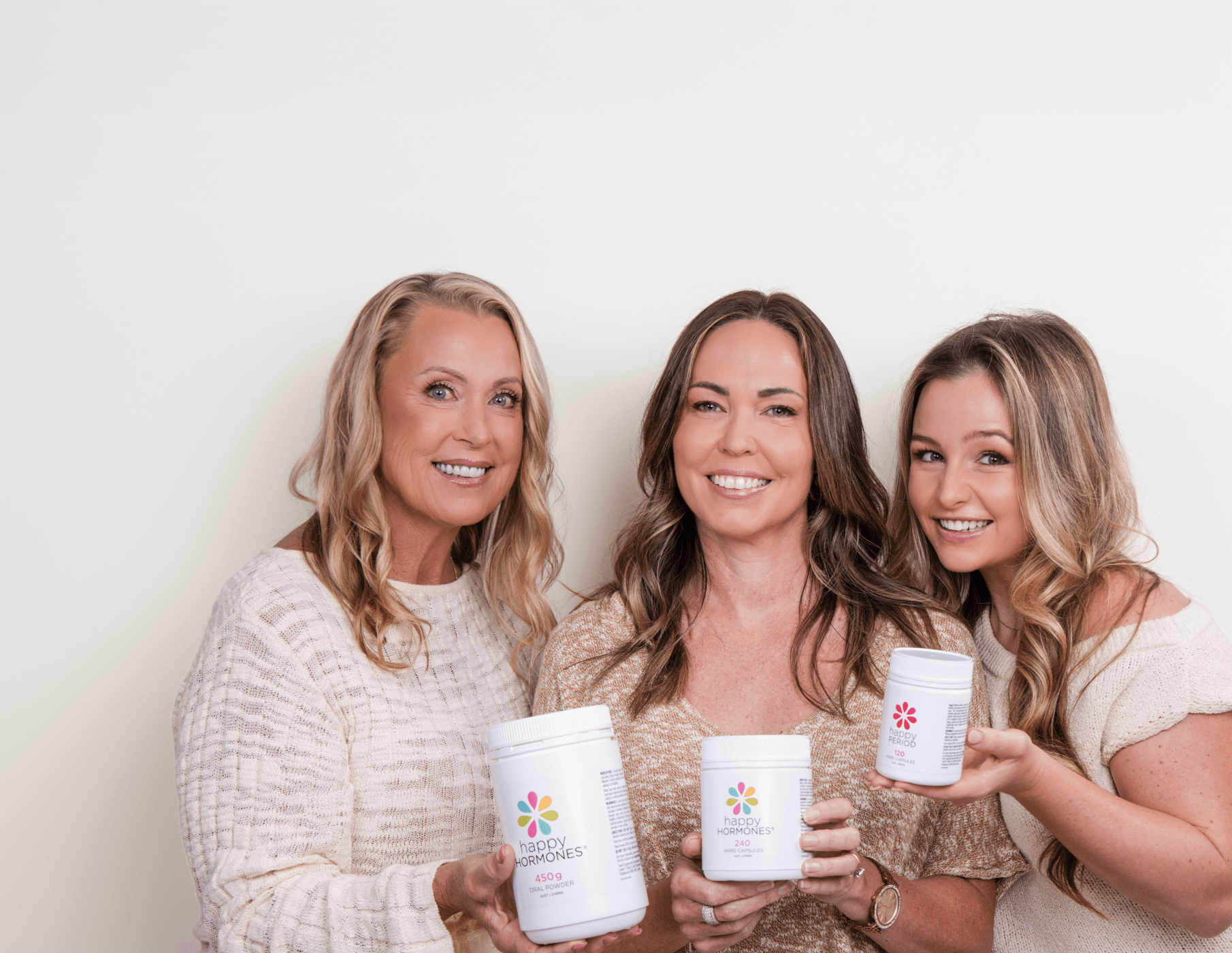
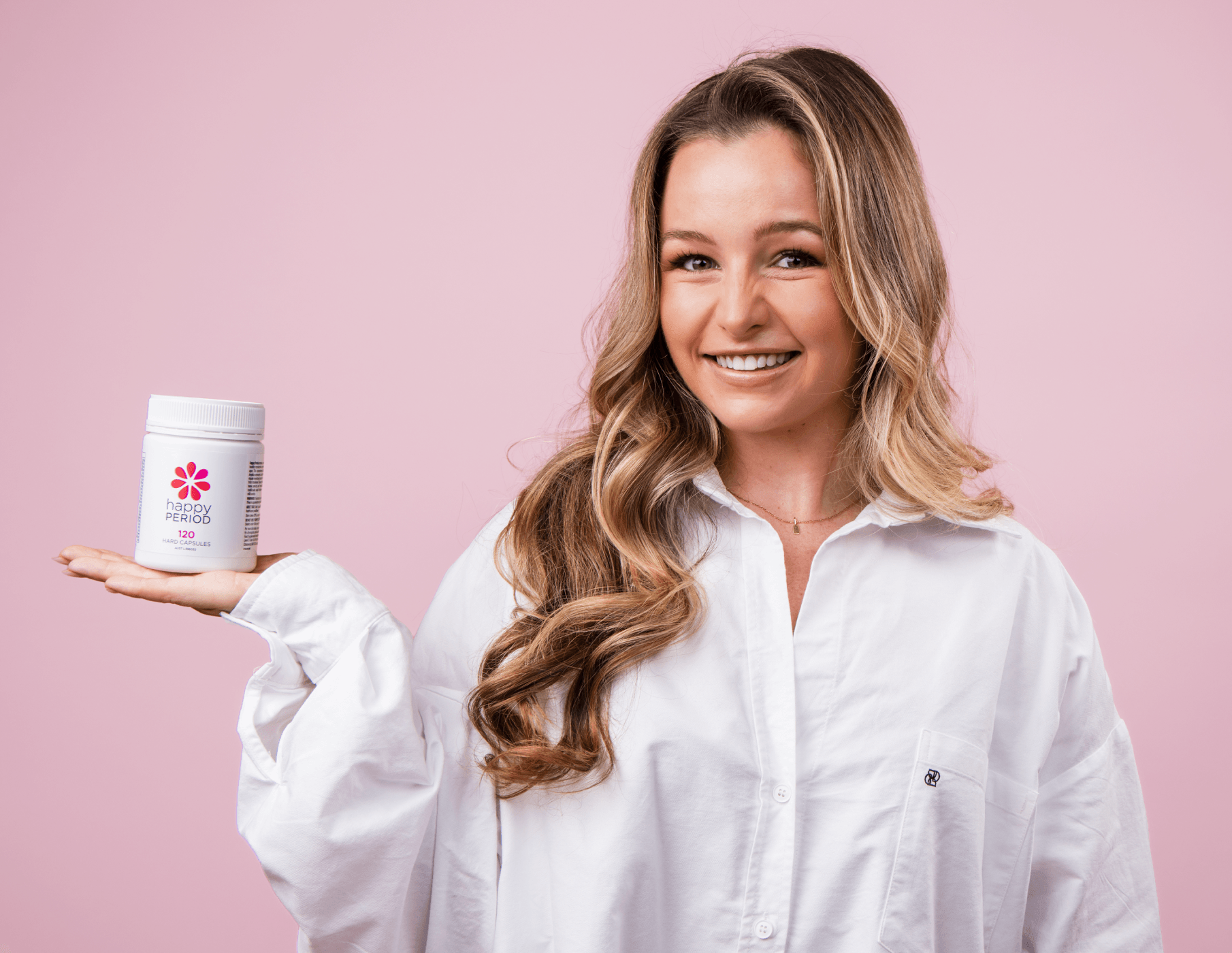



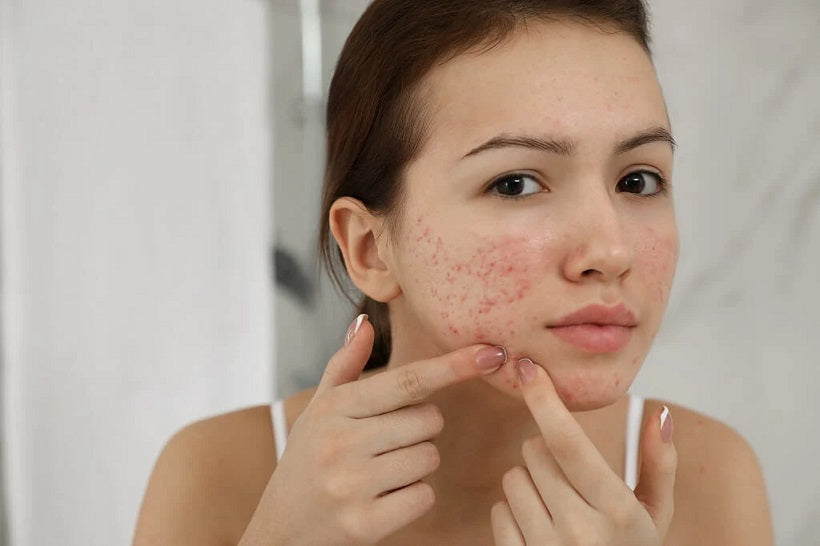
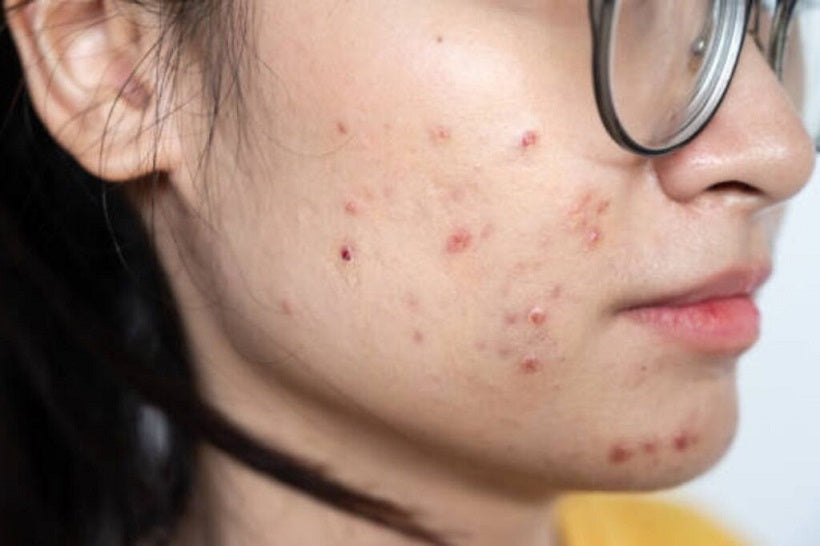
Leave a comment
This site is protected by hCaptcha and the hCaptcha Privacy Policy and Terms of Service apply.